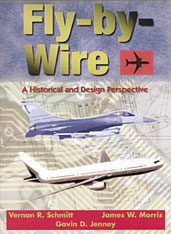Technical Paper
A Perspective of Rarefied Gas Flow Problems Relevant to High Altitude Flight
1993-04-01
931366
High altitude, high speed flight will push vehicles into regions wherein the density of the surrounding medium is so low that vehicle aerodynamics cannot be described on the basis of the continuum equations of fluid motion. Typical flight trajectories and the characteristic flow regions they traverse are illustrated, and the prediction techniques based on molecular flow physics are outlined. Some analytical, experimental, and flight test results which clearly illustrate the importance of low density effects on the flight performance of vehicles -- particularly lift, drag, and moment -- are discussed. The data presented bring out some fundamental physical principles of molecular interactions in the definitions of aerodynamic behavior, and some of the underlying physical mechanisms are discussed. Molecule-to-molecule interaction is only one of the processes which determine flow field characteristics.

